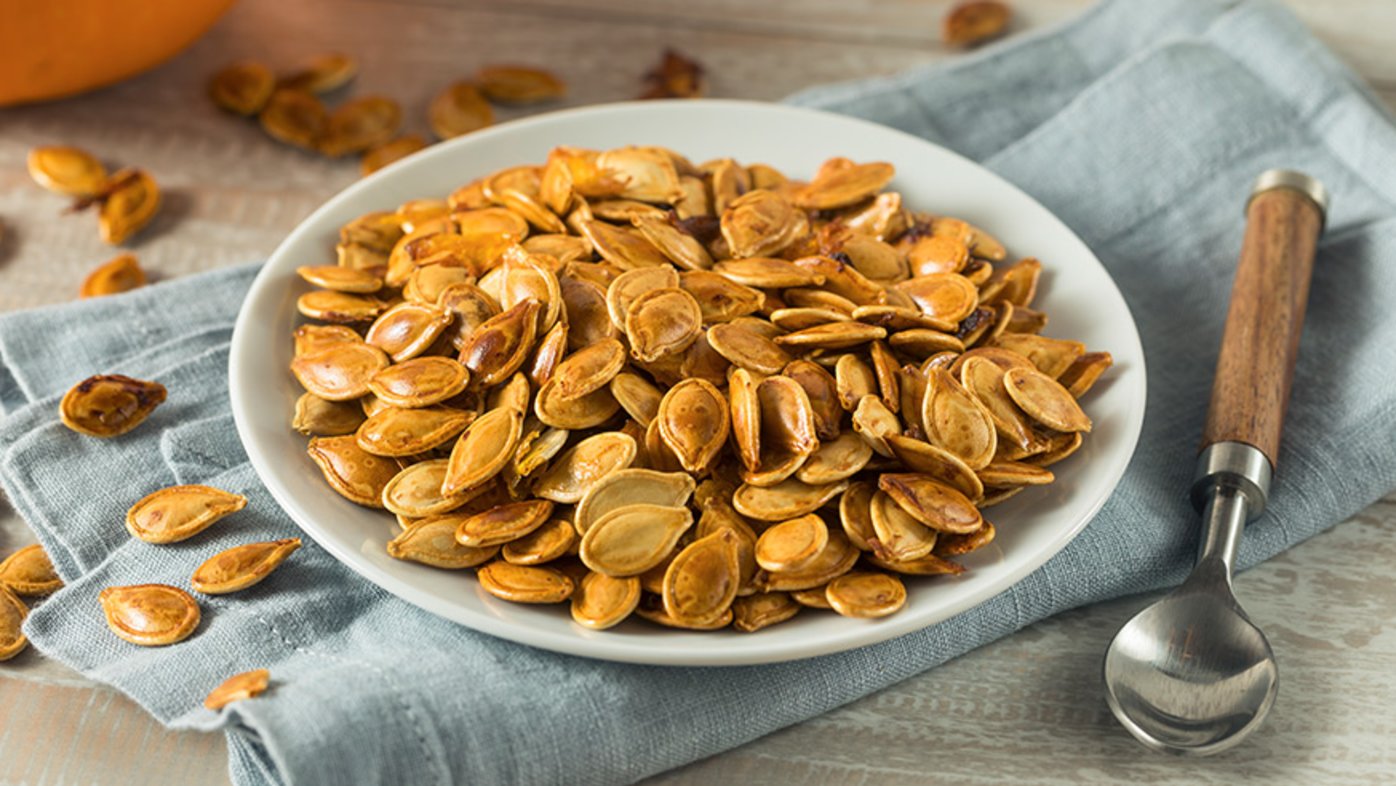
Health benefits of pumpkin seeds
Pumpkin seeds are loaded with the nutrients our bodies need.
As temperatures change, knowing what to wear on your run can sometimes be more difficult than expected.
According to Stewart Sanders, a doctor of physical therapy and the director of Sharp Rees-Stealy’s Running Clinic, wearing the right type of running clothes will help you stay comfortable in any weather condition — and can keep you running all year round.
A general rule of thumb is to dress for a run as if it were 10 to 15 degrees warmer than it is. “Your body will warm up over the course of the run and you do not want to overheat,” explains Sanders.
Running clothes for cooler weather
When running in cold weather, it is important to dress in layers. If you start to feel uncomfortably warm, you can easily remove a layer and tie it around your waist.
Choose clothes that are moisture-wicking, which means the fabric moves sweat to the outer surface and rapidly dries. Avoid cotton materials, which absorb sweat and moisture and can make — and keep — your body cold. Long-sleeve, moisture-wicking shirts are a good base layer and a lightweight, zip-up jacket can provide added, adjustable warmth. Wearing tight running pants provides insulation for your lower body.
As temperatures get very cold, you may want to add an extra layer of clothing, such as a short-sleeved shirt on top of long sleeves, and a combination of running tights and running shorts on your legs. If temperatures dip even more, wear gloves and a hat that covers your ears. Choose moisture-wicking socks, made of merino wool or a synthetic blend fabric, to keep your feet warm and prevent blisters.
Running clothes for summer weather
The best way to dress in hotter temperatures is to wear moisture-wicking material to help you stay cool and avoid overheating. Wearing running shorts and a T-shirt or tank top may be sufficient.
Avoid wearing dark colors because they attract the sun more than lighter colors. And wear synthetic blend socks that wick moisture away from your feet to prevent blisters and keep feet from overheating.
You may also want to wear a hat or visor and sunglasses for sun protection. Choosing to wear a visor, rather than a hat, allows heat to radiate from your head more easily. Remember to apply sunscreen from the top of your head to your running shoes to protect your skin from the sun’s damaging UV rays.
“What to wear while running can be very individualized,” Sanders says. “Having a basic knowledge of what to wear in certain temperatures is important; however, you should try different systems to see what works best for you. Simple trial and error will help you find what is comfortable.”
Our weekly email brings you the latest health tips, recipes and stories.